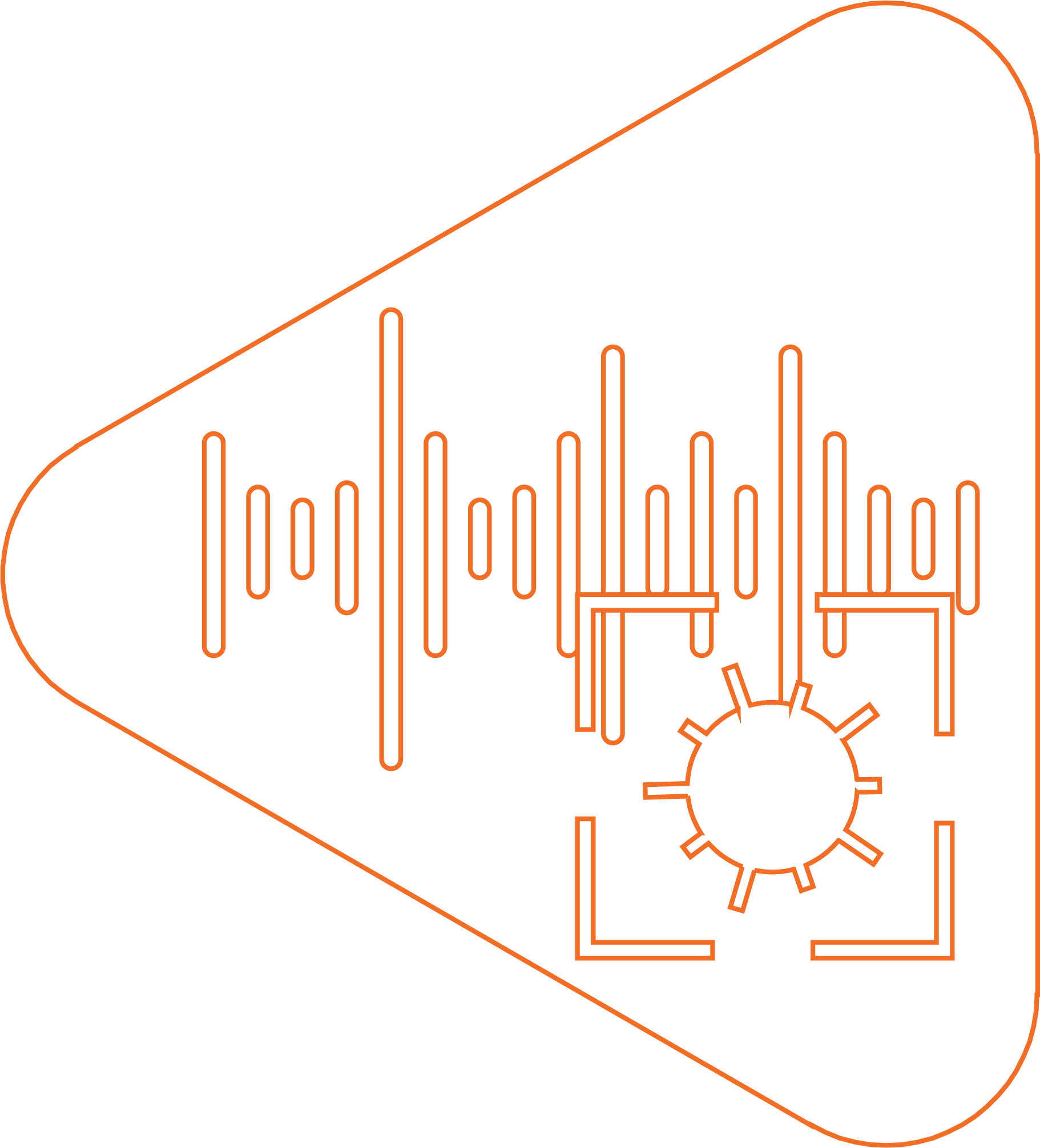Detection
Title:
Device for detection of COVID-19 virus
Short description:
Development and production of a simple device that provides fast and accurate detection of COVID-19 virus
Author:
Institute of General and Physical Chemistry (IOFH)
Requested Budget:
200.000 USD
Time frame:
9 months

Problem: In a health crisis such as Covid-19, rapid, accurate and wide detection of the virus in the population can significantly affect the control of the pandemic. Currently, the most frequent testing method is based on the biochemical PCR (Polymerase Chain Reaction) and RT-PCR (Reverse Transcription Polymerase Chain Reaction) techniques. The precision of these methods is high (around 95-98%) but they require between 4 and 10 hours to get the test results.
Solution: To develop and produce a plasmonic biosensor that provides fast and accurate detection of COVID-19 virus. The proposed device falls into the category of highly accurate optical techniques that can detect any biological or chemical structure in nano concentrations in real-time. Even in very low sample concentrations, the plasmonic biosensor can detect the virus in less than 90 seconds with 98% precision and has the daily capacity of 2.000 analyses. In the case of testing, the sample may be any biological fluid or secretion that dissolves in water or saline. As the device weighs only 750 grams and requiring only two days of training to be operated on, the device would be accessible for use in all health care institutions. Also, the device is adaptable for other purposes and could be used for any known biological or chemical agents, as well as potential new ones, which could appear in the future.
Additional info: This innovative solution comes from a renowned and experienced institution and involves using new technologies for detecting the coronavirus. The proposed product is universal and could be used after the pandemic. If the solution passes through all levels of verification and certification, it would present a revolutionary contribution to laboratory analytics.
Presentation video: PLASMONIC BIIOSENSING
Presentation video: PLASMONIC BIIOSENSING